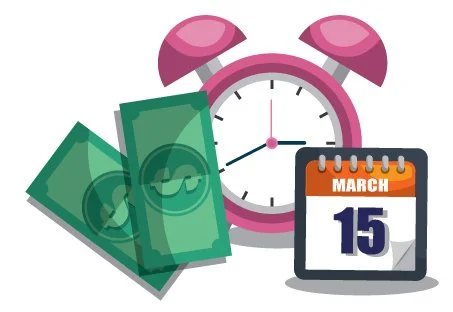TIME & MONEY
I’m not sure how long this transition would have taken me while still surviving in the classroom and raising a family at the same time. My own children are grown and out of the house. For 3 months, I worked every minute from 3:00 PM to 1:00 AM and all day and evening on weekends. The last 2 months were in the summer when I worked 8-12 hours/day 7 days/week.
If you don’t have that kind of time to devote to transitioning at the moment, I recommend setting smaller goals to accomplish during the first school year of your transition. It should be doable to complete the Teacher Career Coach Course and choose a specific career path. Monitor job postings and make a list of topics and skills you’ll need to brush up on to meet these qualifications. If you can, research the free and paid options for upskilling. (See my posts, “Choosing a Career,” “Career Clarity,” and “Making a Plan” for tips) If you are lucky enough not to be at your breaking point with teaching but can see the writing on the wall, don’t wait to get started. These first steps are of little to no cost.
Money, Money, Money
I kept a record of every dollar I spent on my transition from teacher to instructional designer. Truth be told, I spent more than any of my teammates did. Some in the Teacher Career Coach community said they actually did the whole transition at little to no cost! Money was the reason I hadn’t gotten out sooner. I couldn’t afford to go without my current salary and still pay the mortgage. If I had known it was possible to do this while still teaching and without a huge financial investment, I certainly would have escaped long ago!
I’m fully aware that my circumstances during my transition were very different from the majority of teachers making this journey. I had survived teaching long enough to actually retire with a 65% pension. Because I had 35 years under my belt, I was also able to begin collecting my pension immediately (at age 56). The way I saw it, I could get a job anywhere making $30k/year (in CT, that would be just above minimum wage) in addition to my salary and my income would remain the same. When I first made this decision I was sure I would be happier doing anything other than teaching under the current conditions. Being older has its drawbacks. Ageism in the job market is a real thing. I wouldn’t have stood a chance in software engineering. On the other hand, I feel the years and variety of teaching experiences under my belt have made me a little more confident. Also, at this point in my life, I don’t have children to take care of or college tuitions to pay off.
With that being said, I will list everything I paid money for after looking into them and weighing the value to my personal transition to instructional design.
Hindsight and Regrets
If I were to do it all over again now, I would have skipped the MindMeister, SnagIt, Adobe Stock, and Camtasia. I love using Camtasia, but I didn’t need it for my portfolio projects. I suppose I could have skipped Vyond too and maybe looked harder for free sound effects instead of Envato. That would have brought my total down to $9335.61 ($7,999 of that would have been the bootcamp). When I look at it all together like this, I definitely experience some sticker shock, but I was able to make it work and I knew I would recoup my investment as soon as I landed a job. Just remember that there are many teachers out there who have done it with a LOT less. It just depends on your timeline and your willingness to do the extra work of designing your own scope and sequence, researching, and building your own community. I also feel there is no substitute for getting a variety professional feedback on your work, which may be hard to come by without a paid program.




